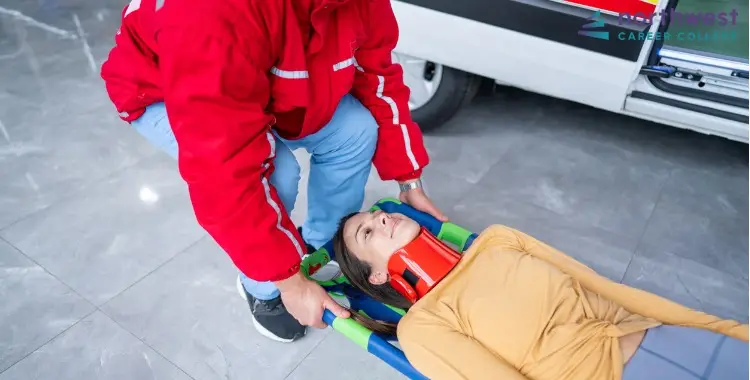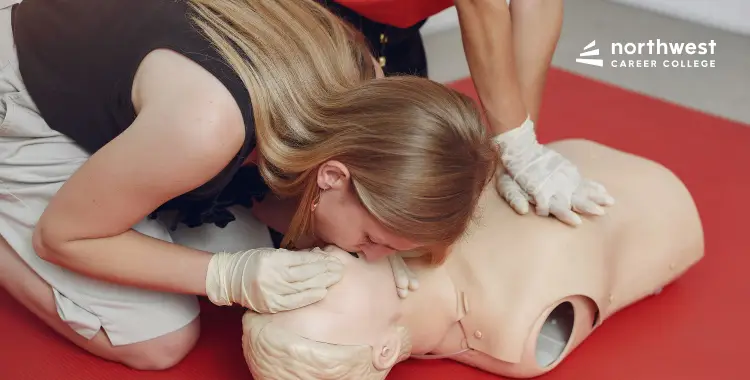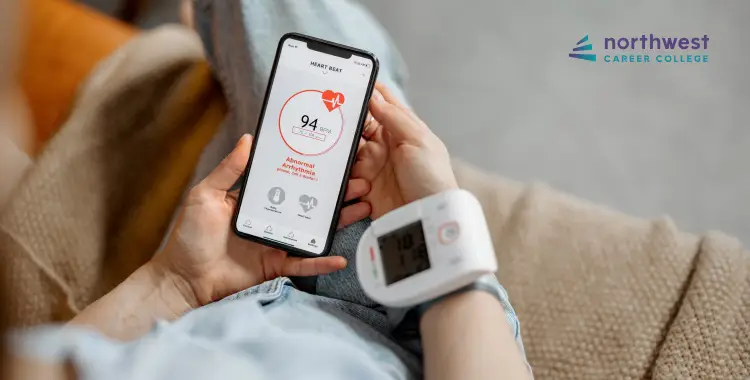How to Recognize When Someone Needs CPR?
- July 8, 2024
- 4.4k views
- 4 min read
Cardiopulmonary resuscitation (CPR) is a crucial life-saving intervention during emergencies. Administering CPR promptly can significantly improve the chances of survival and recovery for a victim in a life-threatening situation. However, recognizing when someone needs CPR can be challenging, especially in stressful moments. This article will help you identify the signs that someone needs CPR and provide essential steps to take.

Signs Someone Needs CPR
Recognizing when someone needs CPR requires awareness and prompt action. Here are some of the critical signs that identify someone needs CPR:
Unresponsiveness
The easiest way to determine whether someone requires CPR is to see if they are unresponsive. If you find someone unconscious, gently shake their shoulder and call out their name loudly in their ears. If they don’t respond, they may need CPR.
Absence of Respiration
Check for the person’s breathing. Look for chest rises, listen for breath sounds, and feel for air movement at the nose or mouth. If the person is not breathing or is only gasping with irregular and ineffective breaths, they may need rescue breathing or CPR. You should check for their pulse at the same time as you assess their breathing to be sure.
No Pulse
It may be intimidating to check someone’s pulse without training, but it is pretty simple. The best place to check for a pulse is by palpating (feeling) the carotid artery on the side of the neck.
The carotid artery can be located by placing your fingers on the trachea (windpipe) and then moving them off to the side to the indentation between the trachea and the adjacent muscles. If the person you are assessing is heavier set and there is no obvious indentation, it is typically about 1.5-2” away from the midline. Make sure to use adequate force if there is excess tissue.
If you do not feel a pulse within approximately 10 seconds, immediately begin CPR. If you can feel a pulse but are not breathing or have ineffective breathing, begin rescue breathing (mouth to mouth).
Cardiac Arrest
Cardiac arrest occurs when the heart cannot contract effectively, leading to a sudden stoppage of blood circulation. Common signs include collapse, lack of pulse, breathing, and unconsciousness. Immediate CPR is crucial in such situations.
Read More: A Guide to How CPR is Performed
Steps to Perform when a Person Needs CPR
When you recognize someone needs CPR, it is essential to act quickly. Follow these steps:
Step 1: Safety First
First, before starting CPR, ensure the area is safe for both you and the victim. This involves checking for hazards such as traffic, fires, or unsafe structures.
Step 2: Call for Help
Call 911 immediately or send someone else to do so. In such situations, every second can count, and the sooner professional medical assistance can reach the scene, the better the chances of the victim’s survival.
Step 3: Begin Chest Compressions
If the patient will not respond and is not breathing, begin compressions on the middle of the chest by placing the heel of your hand in while interlocking the fingers with a vigorous pressing depth of about 2 inches with compression rates of 100-120 times per minute. The chest should be allowed to recoil between compressions fully.
Step 4: Provide Rescue Breaths
If you are trained and able to, after 30 compressions, provide two breaths in this manner:
- Tilt the head of the victim back and raise their chin.
- With the fingers, close the nose; provide two breaths, each about one second in length, until the chest rises with each breath.
- If you have not been trained, continue with chest compressions only.
Step 5: Continue Until Help Arrives
Keep doing CPR—30 compressions, two breaths until emergency medical services arrive or until the person shows signs of life, such as moving, breathing, or regaining consciousness.
Conclusion
Although CPR, if administered correctly, can save a life, it is equally important to know whether it is needed and to act promptly. The obvious signs that someone needs CPR include unresponsiveness, no breathing, and no pulse. These steps will provide immediate help in an incident and could make the difference required to save a life. Learn more at Northwest College Career, where we offer complete training and career development resources to help students excel in life-saving skills and beyond.




